We are delighted to welcome award-winning picture book legend, Satoshi Kitamura, as our Author/Illustrator of the Month.
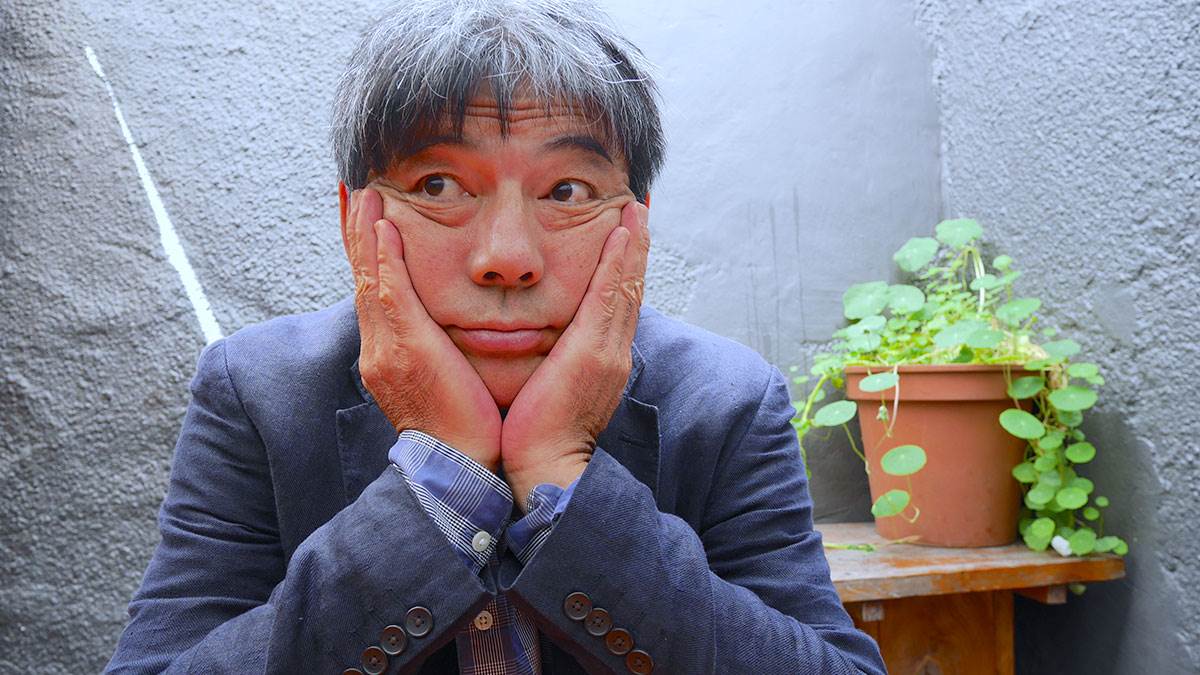
Choosing not to follow a conventional path, Satoshi Kitamura pursued a career in art and moved from Tokyo to London in 1979. His first book was for Klaus Flugge of Andersen Press, who asked him to illustrate Angry Arthur in 1981 after spotting Kitamura's work at the Neal Street Gallery in Covent Garden.
Since then he has published more than 20 of his own books, as well as illustrating many more by writers such as John Agard, Hiawyn Oram and Colin McNaughton. Now living back in Japan, his books have been translated into more than 20 languages and won awards including the Mother Goose Award, Silver Award for the Smarties Prize, and the National Art Library Illustrations Award.
Satoshi Kitamura continues to travel and work for publishers across the globe. Apart from writing and illustrating children's books, he has been commissioned for various projects including Tokyo Underground posters, signage at Birmingham Children's Hospital and designing stationery. He also translates David McKee's Elmer the Patchwork Elephant series for the Japanese market.
His recent books, published by Scallywag Press, have been nominated for the Greenaway Medal and shortlisted for the Book Trust Storytime Prize.
Q. Whether illustrating stories you’ve written, or illustrating stories penned by someone else, you have an uncanny knack for telling and enhancing stories through images. Was that reciprocity between words and pictures a hard skill to hone, or did it always feel natural?
 A. I always try to be true to the images that enter my head when I read the text. Sometimes the images inspired by the text can be quite different from my usual style and in such a case I have to find and cultivate a new method of drawing. This happens often with poetry. It is a good way to learn new techniques and extend my capability as artist.
A. I always try to be true to the images that enter my head when I read the text. Sometimes the images inspired by the text can be quite different from my usual style and in such a case I have to find and cultivate a new method of drawing. This happens often with poetry. It is a good way to learn new techniques and extend my capability as artist.
A good story often inspires me to find its potential. It doesn’t only tell a story, but indicates what might be there if you look carefully. For example, in When Creature Met Creature by John Agard, I introduced some characters that were not in the text. Creature-Of-No-Words has some white birds that always accompany him while Creature-Of-Words has a dog, a cat, a squirrel and two birds as her companions. Because both Creatures are gentle souls I thought it wouldn’t be unreasonable if they were admired by the birds and animals, and have them as their sidekicks. As a matter of fact, their presences were useful to emphasize the Creatures’ states of mind as well as to show how their relationship progresses.
Q. Your eye for observational details is utterly unique, and strikes a special chord with children, often having humour or emotional resonance adults don’t always see, or interpret differently. What drew you to creating art and stories for children? Do you have a strong sense of your readership in mind before you get stuck into a new children’s book project?
A. Probably I am creating a book that I would have liked to read when I was a child. I’m aware that my readers are so young that they may not have a big vocabulary, so I’m careful with words that I use in the text. However, children are often more sensitive and capable of grasping visual story telling than adults. They are reliable reciprocators. Children are all different but, basically, I trust them, so I’m quite relaxed about my relationship with my readers.
Q. How much have comics influenced your work?
A. I read lots of comics when I was growing up. There were all kinds of interesting comics in the 60’s and 70’s in Japan. I discovered early 20th century American newspaper comics, like Little Nimo in Slumberland by Winsor McCay and Krazy Kat by George Herriman later on and was influenced by them, too. However, comics and picture books are very different in the way they handle visual story telling. Comics are a little like a theatre where you tell a story in dialogue, while in picture books the relationship between story and pictures is more fluid and poetic.
Q. Perhaps an impossible question, but which of your books are you most proud of?
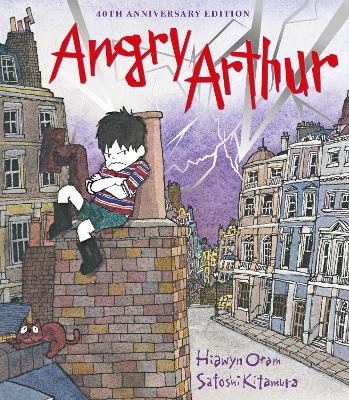 A. Angry Arthur (text by Hiawyn Oram). I think this text is one of the best picture books texts that has ever been written. Also When Sheep Cannot Sleep, Me and My Cat?, Millie’s Marvellous Hat and The Smile Shop.
A. Angry Arthur (text by Hiawyn Oram). I think this text is one of the best picture books texts that has ever been written. Also When Sheep Cannot Sleep, Me and My Cat?, Millie’s Marvellous Hat and The Smile Shop.
Q. And which book was the most challenging?
A. Angry Arthur. It was the first book I illustrated. Because of the brilliance of the text I learnt so much from it in such a short time. It made me a proper artist.
Q. You have had some fantastic collaborations with poets - did this happen by chance or is poetry a big love of yours?
A. Liz Attenborough of Kestrel Books sent me the text of Sky in the Pie by Roger McGough at about the time Angry Arthur was published. I didn’t know who McGough was at the time and had very little knowledge of poetry. I was still learning English! However, I enjoyed working on the book and to my surprise my drawings were all accepted.
Later I illustrated The Ring of Words anthology compiled by Roger McGough. It was an excellent collection of poems, sadly out of print. The book won the National Library Award from the Victoria and Albert Museum for the Best Designed Publication.
Poems on the Underground was quite inspiring to me. I loved reading those short poems while traveling on the tube. Later I got to know the people who created Poems on the Underground and with them produced The Carnival of the Animals the collection of poems inspired by Saint Saens’ music, published by Walker Books. Illustrating John Agard’s poems is an important part of my career. I always enjoy working with him. He is a wonderful poet and friend.
Q. Could you share insights into how you approach illustrating poetry? How does it differ from illustrating picture books or fiction?
A. Illustrating a picture book is quite complex. You have to have a flow, visual plots, characters, background etc that have to be consistent throughout. On the other hand, illustrating poetry is like a spontaneous conversation with a poet. The poet talks to you in words and you respond with pictures.
Q. What are you working on at the moment?
A. A new book called School for Puppies will come out from Andersen Press in August. I’m working on a couple of books at the moment but they are all at an early stage and I cannot tell you what they will be like.
Q. What is the significance of cats? Do you have a cat?
A. Cats and dogs are part of our lives. It is good to have a pet somewhere in the picture to show the situation from a slightly different angle from the one seen by the protagonist. Cats are often better than dogs because they are not too attached to humans.
Find a collection of Satoshi's books below including, The Smile Shop published this month by Scallywag Press, described by our reviewer as "A beaming smile of a picture book by a superstar creator".
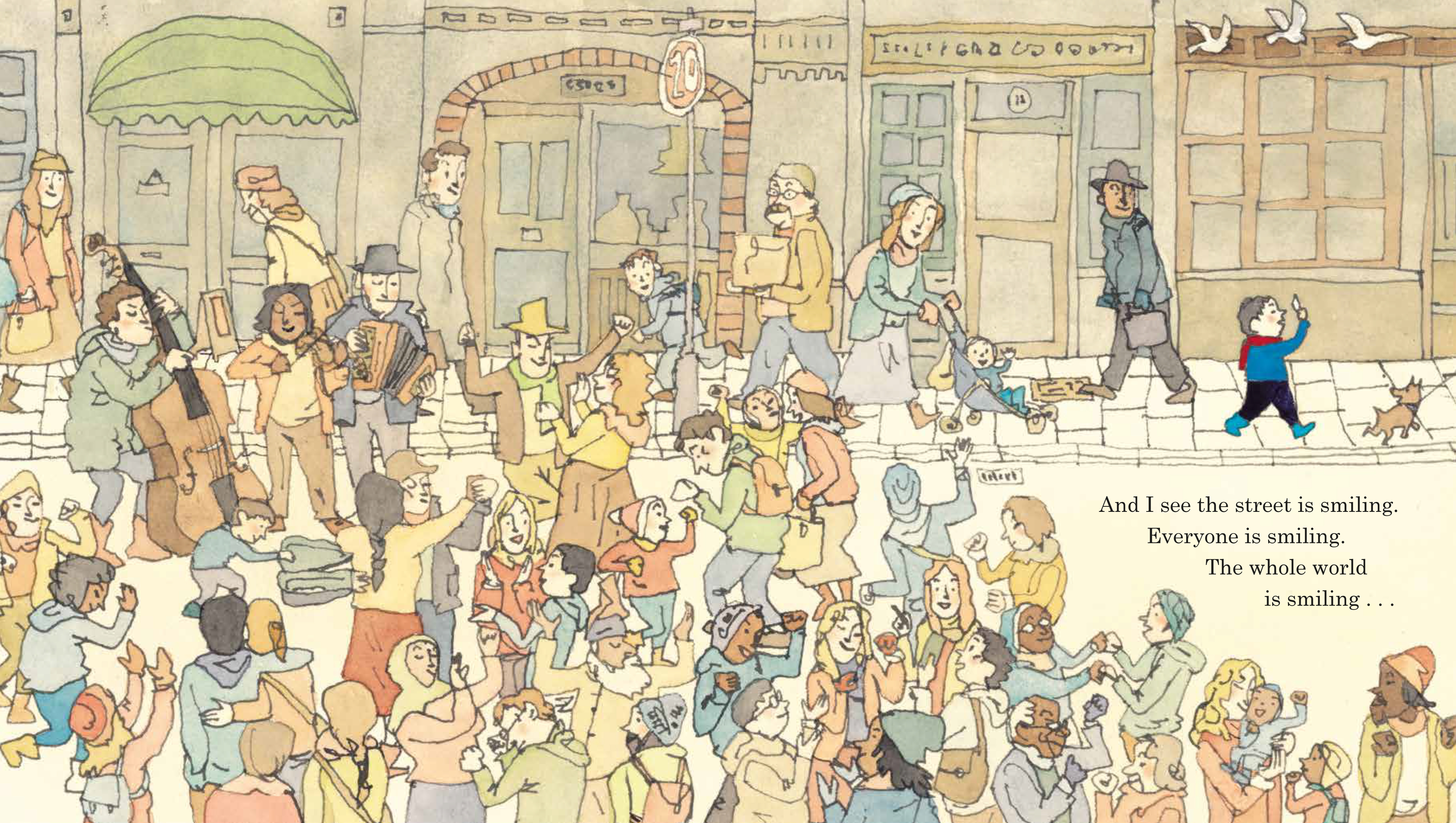
This glorious smiling crowd is taken from The Smile Shop.
The feature image - "Arthur's anger became a hurricane hurling rooftops and chimneys and church spires" - is taken from Angry Arthur.


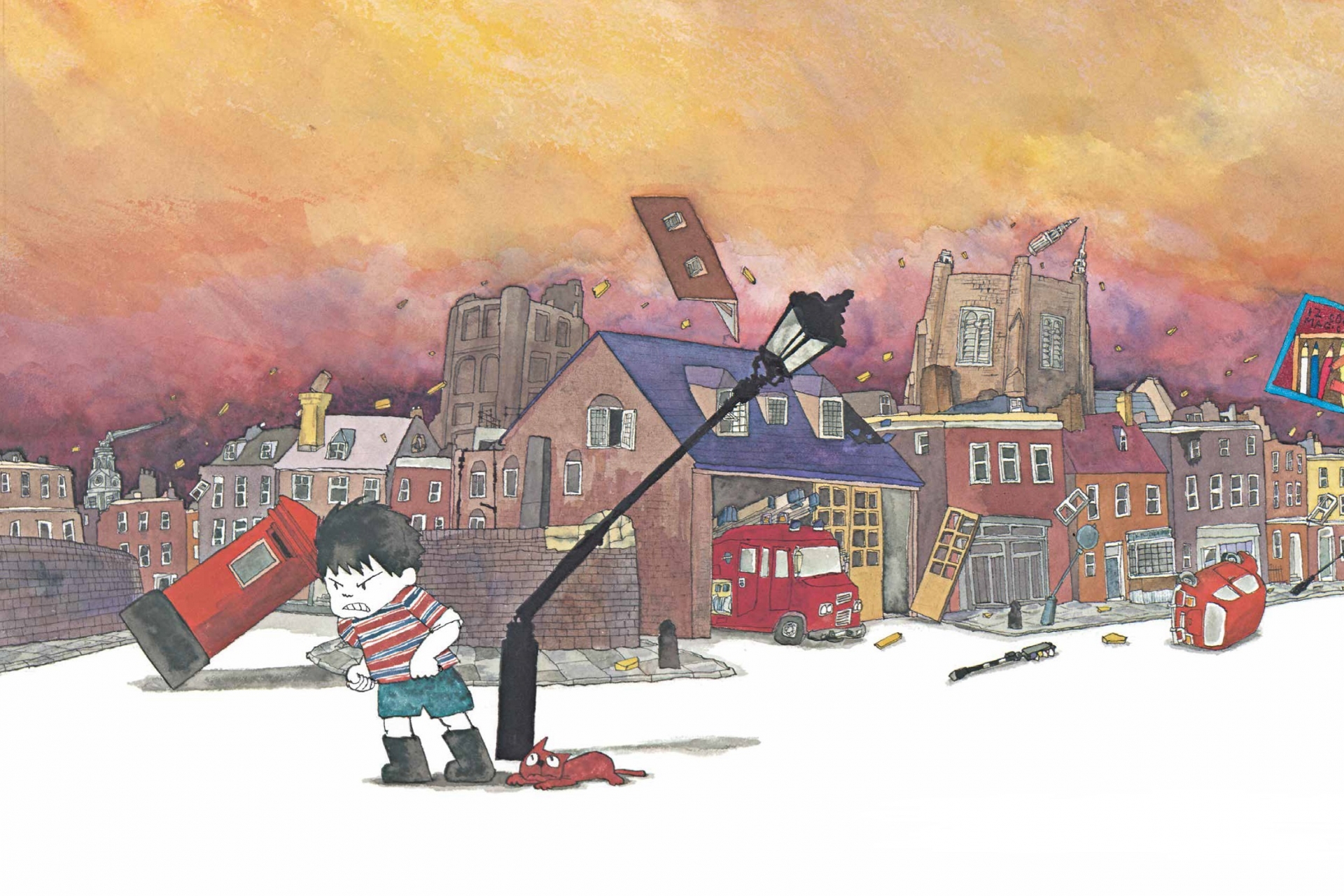
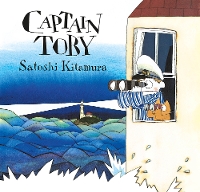
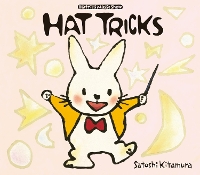
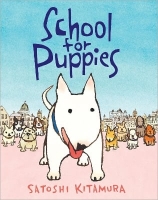


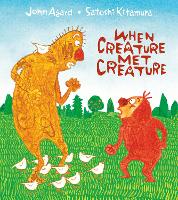
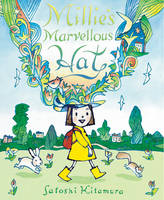

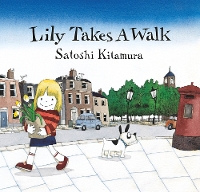
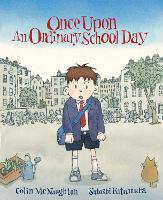
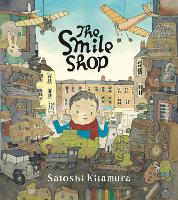
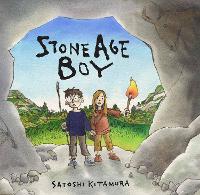
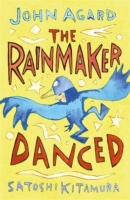
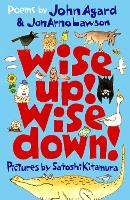

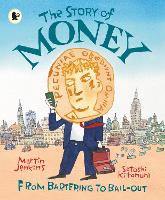
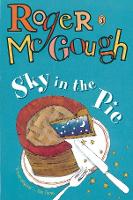
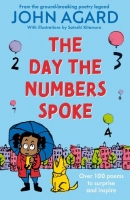
Comments (0)
Leave A Reply
You must be logged in to post a comment.